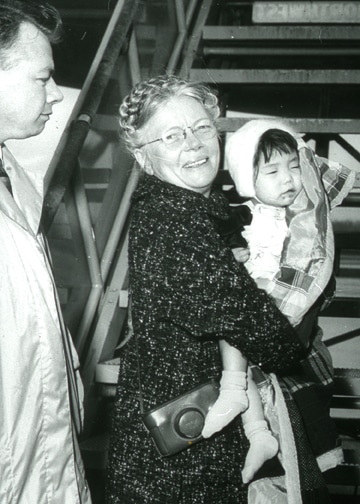Related Articles
As Goes Costa Rica, So Goes the World?
Costa Rica’s church is big on outreach but small on discipleship, and that has led to a “backdoor phenomenon” with as many as half of new believers deserting evangelism. A quarter of Costa Rican evangelicals believe they aren’t called to share Christ because that’s the leader’s job.
As Goes Costa Rica, So Goes the World?
Costa Rica’s church is big on outreach but small on discipleship, and that has led to a “backdoor phenomenon” with as many as half of new believers deserting evangelism. A quarter of Costa Rican evangelicals believe they aren’t called to share Christ because that’s the leader’s job.
Changing Tides: Latin America and World Mission Today
Samuel Escobar finds the missionary potential of the region in several developments, including self-generated church growth, conversion-prompted social change, and Catholic adoption of Protestant methods.
Transnational Adoption: A Noble Cause? Female Missionaries as Pioneers of Transnational Adoption, 1945-1965
All theology is based on autobiography. All theology has its unique color and context, and so does my missiology. My missional focus for this article is transnational adoption in the larger context of the ministry of compassion.
Partnership and the Strategic Role of Networks
Description: We live in an unprecedented period of mission history. The new paradigm of “from anywhere to everywhere” is by nature complex, resulting in an increasing…


